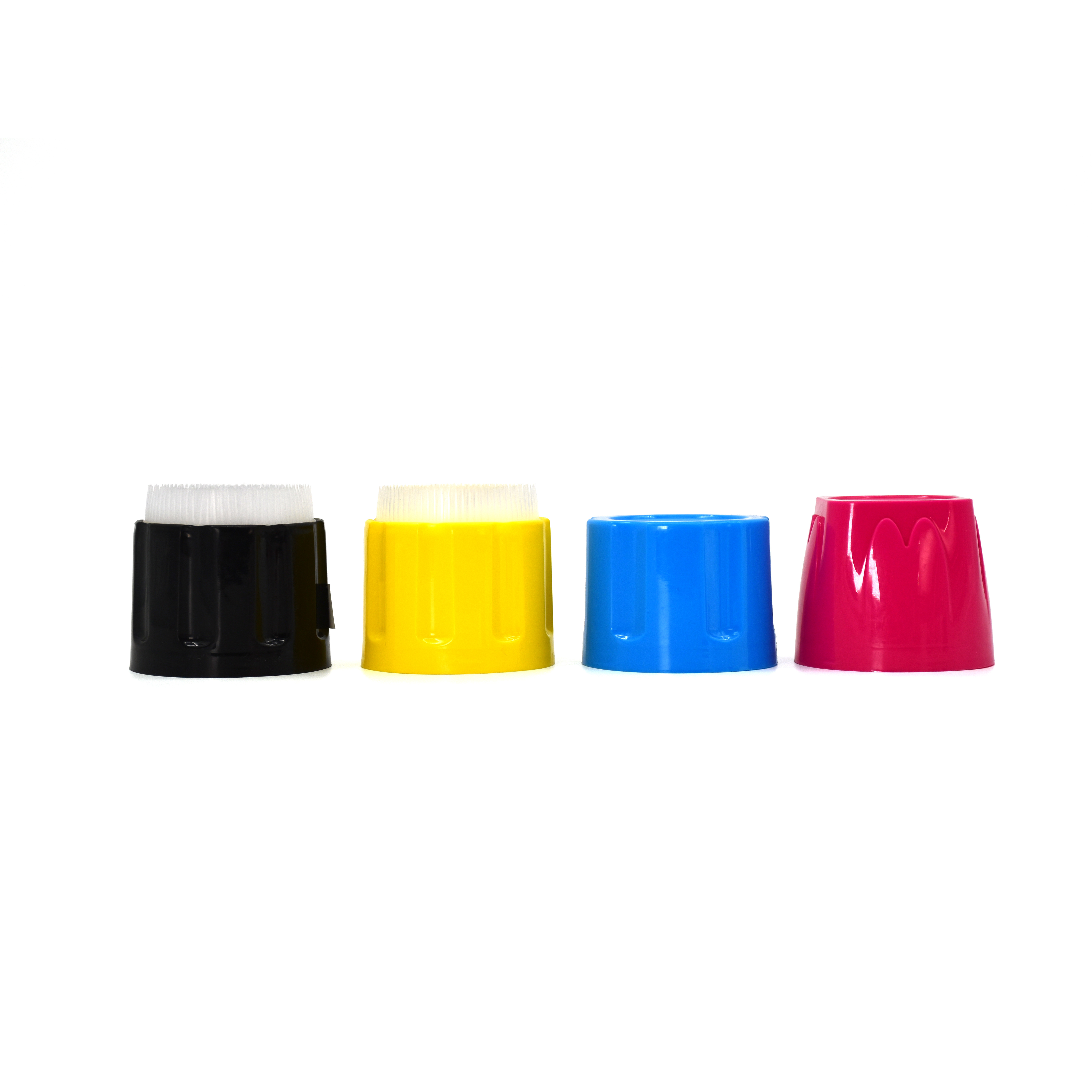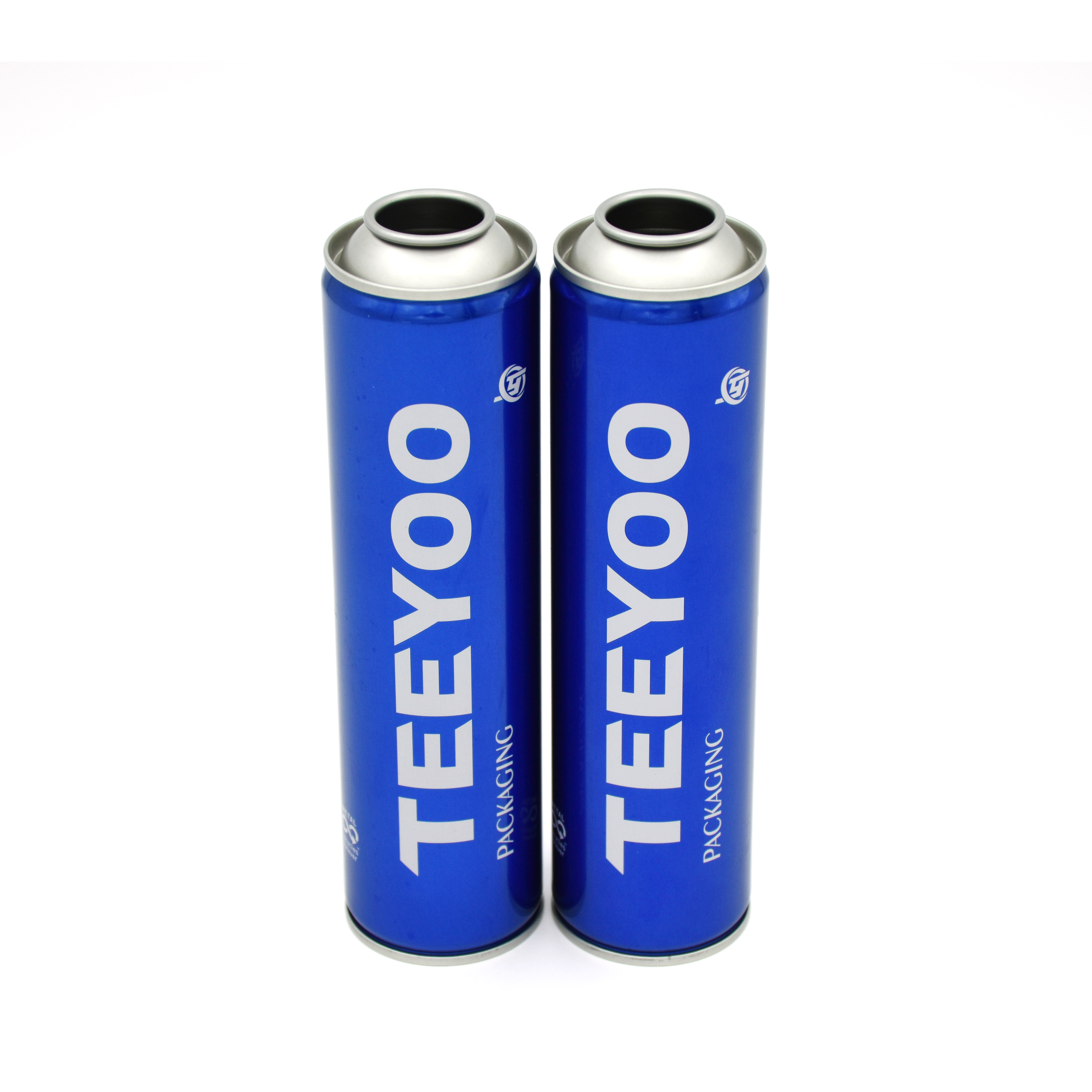The Harmony of Traditional Craftsmanship and Modern Technology in Metal Can Production
Dec 09,2024
In the field of metal can production, the collision and fusion of traditional craftsmanship and modern technology are blooming with unique brilliance. As a widely used packaging container, the production process of metal cans not only carries a long traditional technique but also continuously integrates advanced modern technology.
Traditional metal can production craftsmanship has a profound historical background. From the rudimentary form made by hand to the gradually developed mechanical processing methods, craftsmen have laid a solid foundation for the production of metal cans with their superb skills and rich experience. Traditional craftsmanship pays attention to details and quality, and is meticulous in the selection of materials. For example, for the application of traditional metal materials such as tinplate, craftsmen can process it appropriately according to its characteristics, so that metal cans have good sealing, strength and corrosion resistance.
In the production process, traditional processes such as cutting, stamping, and welding all require a high degree of skill and patience. The cutting link requires accurately cutting the metal sheet into an appropriate size to prepare for subsequent processing. In the stamping process, through the action of molds, the metal sheet is shaped into the shape of the can body and the can lid, which requires craftsmen to accurately grasp the force and angle. The welding process is even more a test of the craftsmanship of craftsmen. It is necessary to ensure that the weld is firm and there is no leakage to ensure the quality of the metal can.
However, with the development of the times, modern technology also brings new opportunities for metal can production. Advanced automation equipment greatly improves production efficiency. Automated production lines can achieve continuous production, from the feeding of raw materials to the packaging of finished products in one go. This not only reduces labor costs but also improves the consistency and stability of products.
Digital design technology provides more possibilities for the appearance and structural design of metal cans. Designers can use computer-aided design software to easily create complex three-dimensional models and optimize various parameters. Through virtual simulation technology, the performance of metal cans can be tested and evaluated before production, and problems can be found and adjusted in time, thereby reducing mistakes in actual production.
The development of modern materials science also provides new choices for metal can production. New metal alloy materials have higher strength, better corrosion resistance and lighter weight, which can meet the special needs of metal cans in different industries. For example, in some fields with strict weight requirements, such as air transportation and portable product packaging, lightweight metal cans can greatly reduce transportation costs and improve usability.
The fusion of traditional craftsmanship and modern technology makes the metal can production industry full of new vitality. On the one hand, the essence of traditional craftsmanship is retained and inherited, ensuring the quality and unique charm of metal cans. On the other hand, the application of modern technology improves production efficiency, expands design space, and enriches material choices, injecting strong impetus into the development of the metal can production industry.
In the future, with the continuous progress of technology, the metal can production industry will continue to explore the deep integration of traditional craftsmanship and modern technology. Through continuous innovation and improvement, provide the market with more high-quality and diversified metal can products to meet people's growing packaging needs. At the same time, more attention will be paid to environmental protection and sustainable development, and green materials and energy-saving production technologies will be adopted to contribute to protecting the earth's environment.










